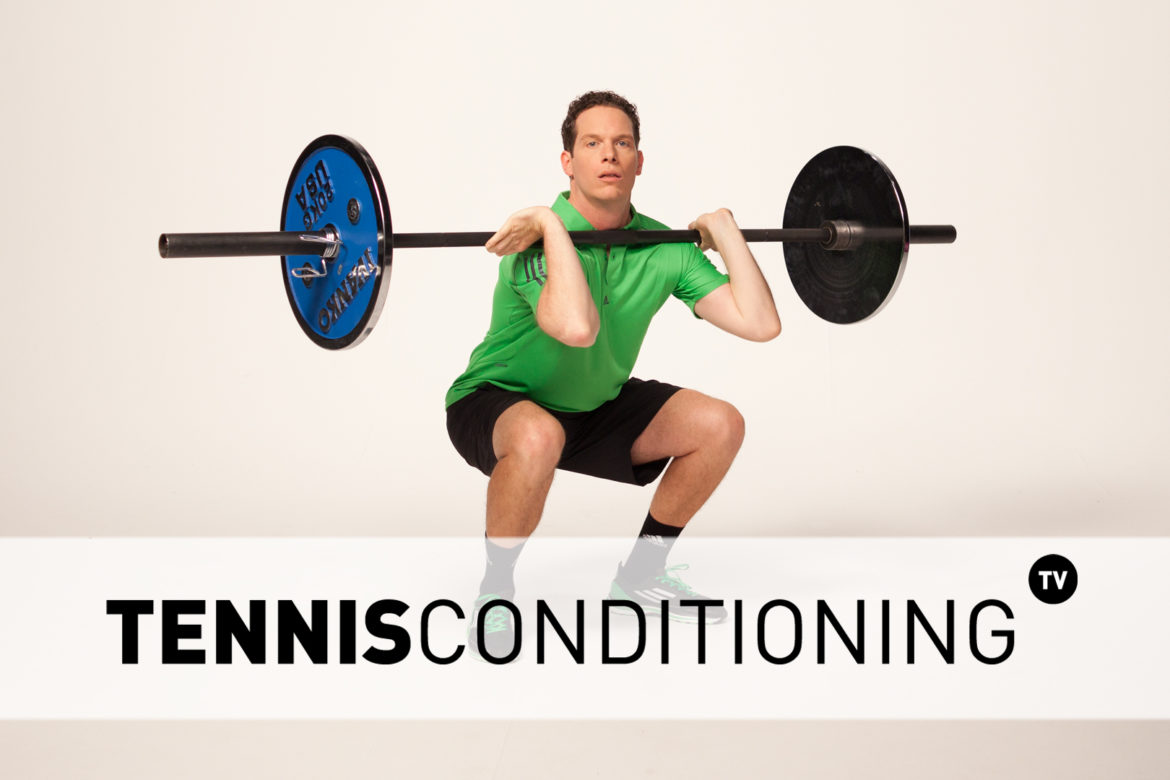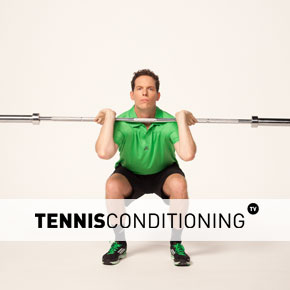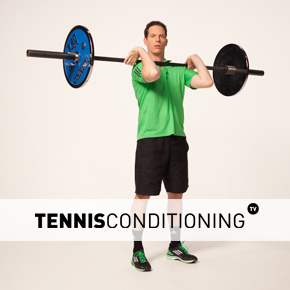The Hang Clean to Power Receive is a power training exercise for professional athletes to enhance hip flexor speed & neuromuscular efficiency.
The Hang Clean to Power Receive is a free-weight power exercise that activates numerous muscle groups simultaneously, requires explosive hip flexion.
It forces the athlete to have body control, coordination, flexibility and dynamic stability.
The Hang Clean to Power Receive is also a precursor for Olympic lifts, such as the Power Clean. They are essential exercises for developing powerful athletes and their athletic abilities.
If you desire to become proficient in Olympic weight lifting, use the integrated periodization model for programming.
Learn how to calculate appropriate training phase intensities download chapter 6 – Strength & Conditioning: Resistance Training for Athletes.
How to Progress
If you use additional weights…make sure you use appropriate resistance so you can control the action throughout the entire range of motion. Otherwise you defeat the purpose of the exercise.
Very often, people use too much resistance and they become sloppy. Especially when it comes to maintaining core stability repetitively.
Also, don’t just progress with adding more weight. First, maximize the speed while maintaining perfect form.
Hang Clean to Power Receive Description

-
- Position barbell hip level on the rack; add resistance (plates) and attach safety clips
- Take an athletic stance; stand straight, feet are shoulder-width apart; knees slightly flexed; toes point forward
- Use a pronated grip (palms facing down) and place hands shoulder-width apart on the bar
- Lift barbell off the rack; take a few steps back
- Take an athletic stance, keep elbows extended, slightly flex hips until chest is over barbell; generally barbell will be touching the legs within the lower 1/3 of the thigh (above knee); maintain neutral spine position (push chest out and scapulae [shoulder blades] together; maintain neutral head position (look forward)
- Explosively extend the hips and simultaneously jump vertically (plantar flexion) while shrugging the shoulders and flexing the elbows while abducting shoulders to 90˚ (upright row); barbell remains close to the body and reaches sternum (~ nipple) level; elbows point sideways
- When barbell reaches neutral gravity (no movement) flip the wrists (wrist extension), internally rotate and flex elbows under the bar and rapidly flex the hips to receive the barbell on top of the chest; knees are flexed at 90˚ (or as low as possible); shoulder is flexed at 90˚; elbows are flexed and pointing forward; power receive occurs with knee and hip flexion; maintain neutral spine and head position
Note: Athlete must have good hamstring & gluteal flexibility to receive the barbell at 90˚ of knee flexion with a narrow stance.
Hang Clean to Power Receive Targeted Musculature
- Hamstrings
- Glutes
- Quadriceps
- Iliopsoas
- Calves (gastrocnemius, soleus)
- Shoulder Girdle (Traps & Levator Scapula)
- Deltoids
Training Zone
Following we provide you with some exercises you can use to optimize your training.
Learn more about the purpose of weightlifting for tennis players.
Before you use the Hang Clean to Power Receive you should have been doing the:
during the hypertrophy- and strength training phases to become proficient with the exercise and improve power.
This allows you to progress into more explosive exercises and become a powerful tennis player.




